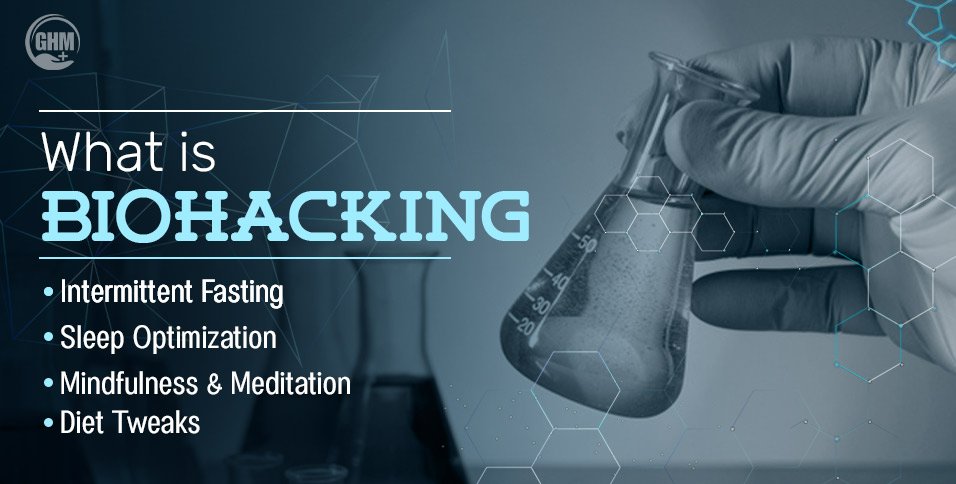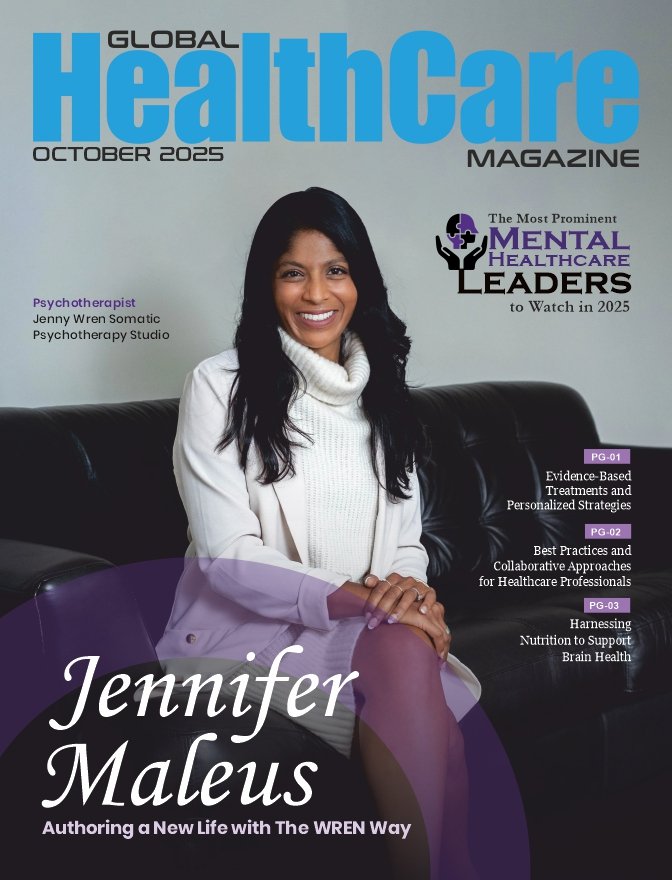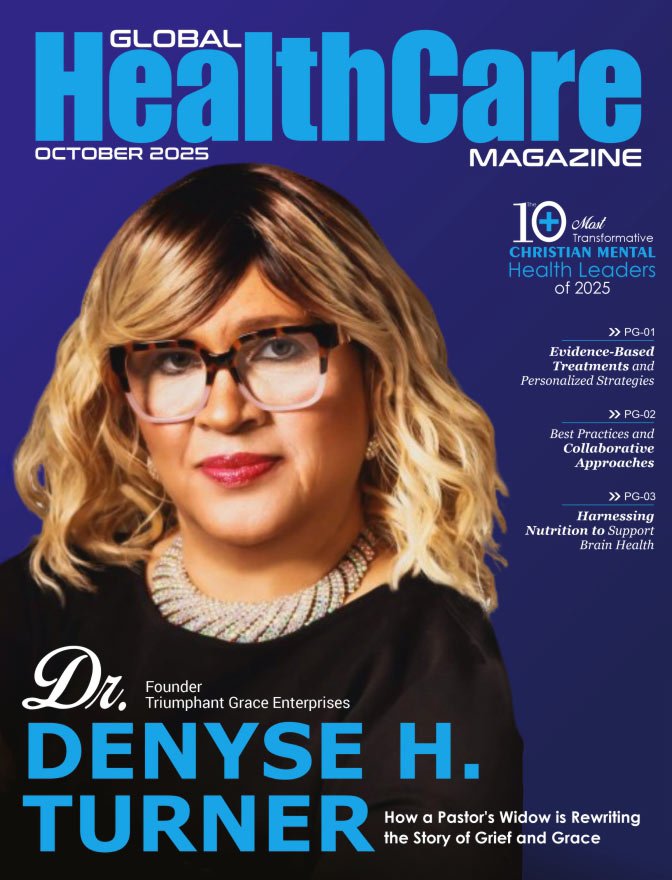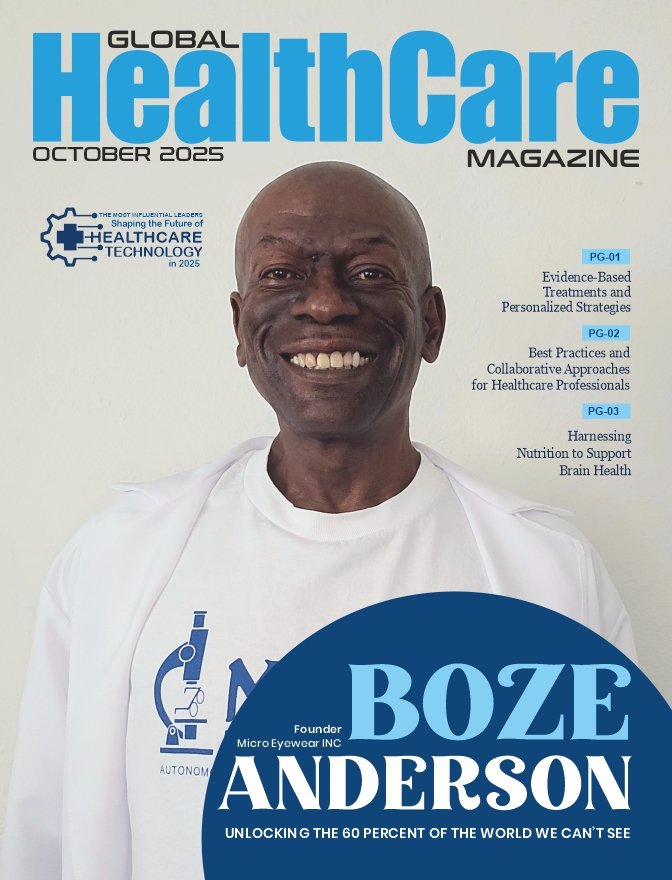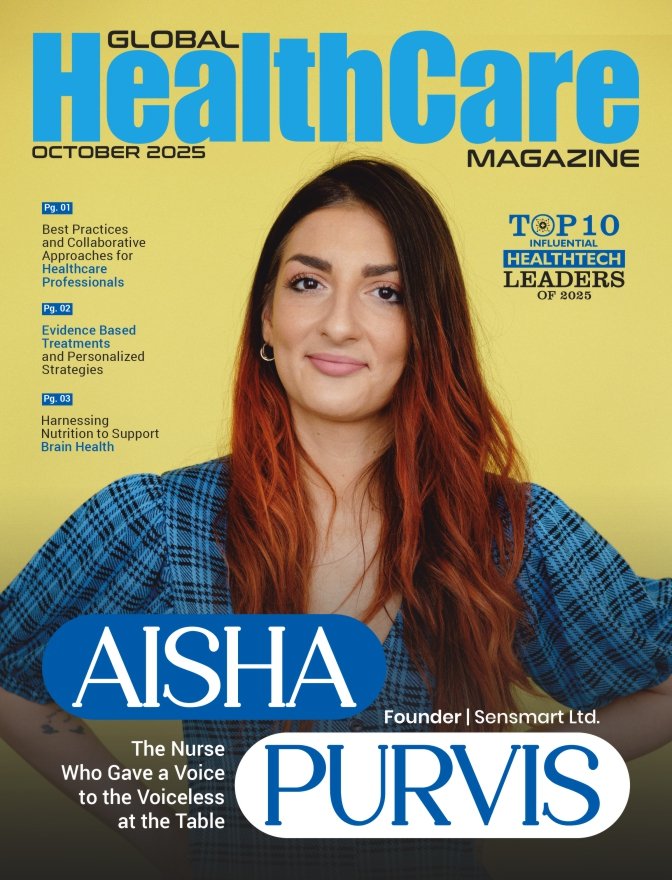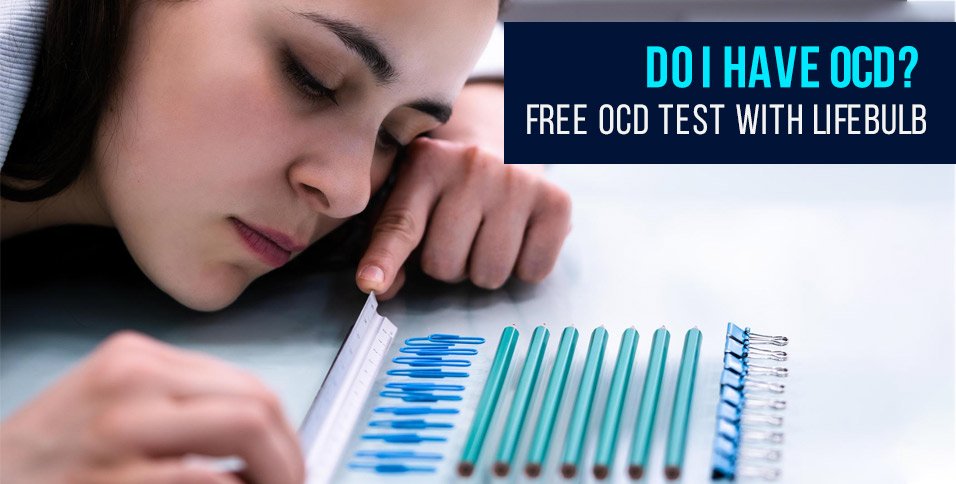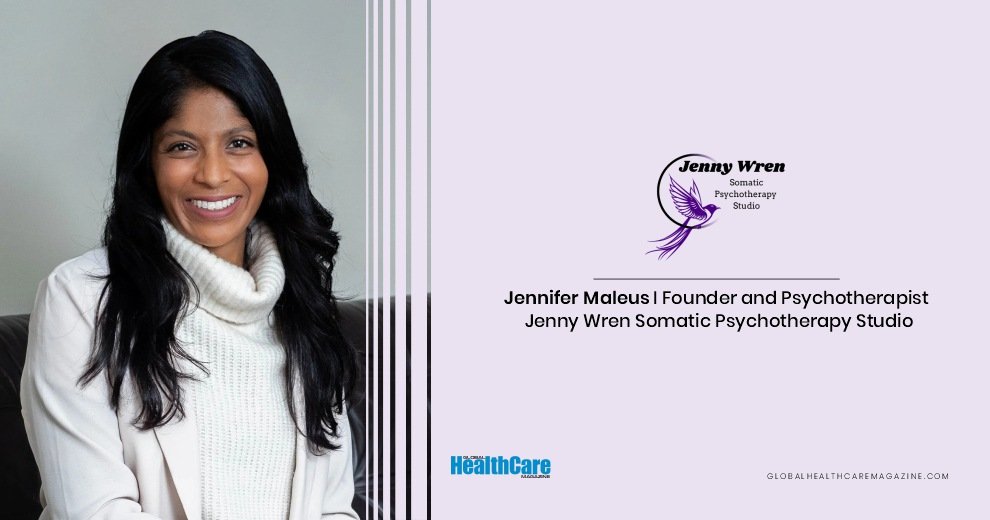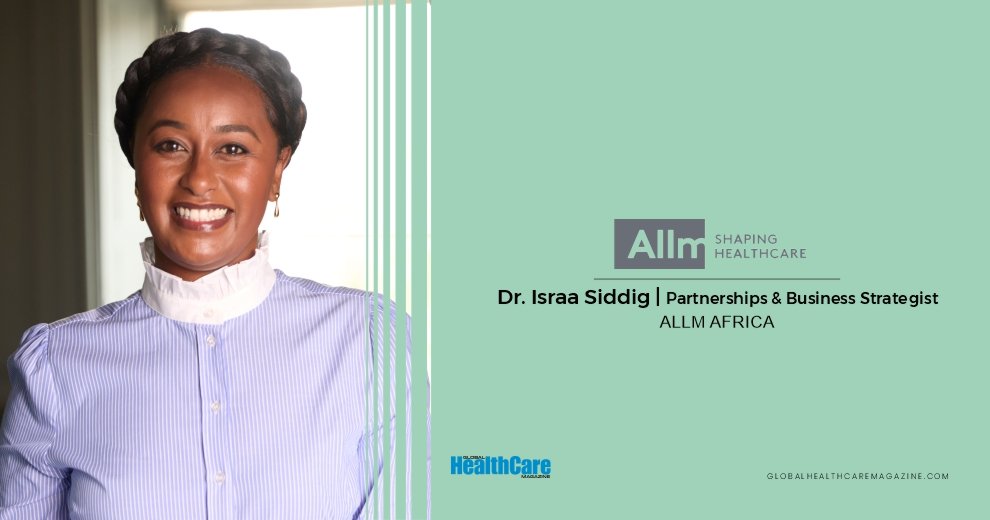What if you could tweak your body like software—one small change at a time? That’s biohacking. But don’t let the word throw you off. It’s not just about implants or tech toys. Most of the time, it’s way simpler than that.
Eat a little cleaner. Sleep a little better. Move differently. Pay attention. Adjust. That’s it.
So, what is biohacking really? It’s learning how your body works. Then, you make small, smart changes to feel better, think clearly, and live sharper. Some people go deep with trackers and DNA kits. Others just start with green tea instead of soda.
This piece breaks it all down where it started. Where it’s going. What works. What to avoid. And how you can start, with zero overwhelm.
If you’ve ever felt like your body could run better, you’re already halfway there.
What Exactly is Biohacking? Demystifying the Buzzword
Let’s not complicate this. Biohacking is just you, playing around with small changes in your daily routine—eating better, sleeping smarter, or even walking in sunlight—to feel sharper, calmer, and more in control of your body and mind. That’s it.
Now, you might think this sounds techy or extreme. But it’s not. It’s actually super basic. You’re not doing surgery in your kitchen. You’re simply testing what works best for you. Add something. Remove something. Track the change. Adjust. That’s what biohacking is, and that’s why people are loving it.
Take this for context—67% of Americans now identify as biohackers, and 94% believe in optimizing their body in one way or another. From supplements to sleep tracking, from morning light exposure to fasting for better digestion—it’s all part of the game.
The market? Huge. Biohacking tools and services already hit $24.5 billion in 2024, and they’re projected to cross $28.2 billion in 2025. That includes wearables, DNA kits, gut health apps—everything that lets you understand your body better.
But hey, let’s bring it back to earth.
If you’ve ever had green tea to calm yourself, walked barefoot on grass to feel grounded, or skipped a meal to feel lighter, congrats, you’ve already done it. That’s biohacking. It’s not about being extreme. It’s about being aware. And being consistent.
So the next time someone asks you what biohacking is, just tell them: it’s how smart people upgrade their life, one tiny experiment at a time.
A Journey Through Time: The History and Evolution of Biohacking
Before we had the term, we had the habit. Humans have always looked for ways to feel better, live longer, and stay sharp. Ancient people fasted. They used herbs to heal. They even tracked the sun and seasons for better sleep and food cycles. They didn’t call it biohacking, but they were already doing it.
The word “biohacking” came much later. It started around the late 1980s, inspired by hacker culture. Just like people hacked computers, some started “hacking” biology—trying small experiments at home. These weren’t scientists in labs. They were regular people with a big curiosity. This was the start of the DIY biology wave.
Then came a big shift in the early 2000s—the rise of wearables. The “Quantified Self” movement took off. People began tracking their sleep, steps, food, and mood. Fitness bands and smartwatches made it easy. Suddenly, what is biohacking wasn’t just about DIY science—it became part of daily life.
Today, it’s everywhere. From apps that track your gut to rings that analyze your sleep, biohacking is backed by tech, data, and even DNA. And it’s gone global. Some countries welcome it. Some control it. But the idea? Still the same. Small changes. Big improvements. One tweak at a time.
So, when someone asks what biohacking is, just tell them this: it’s something we’ve always done. We just have better tools now.
The Biohacking Spectrum: From Simple Habits to Advanced Interventions
When we ask, what is biohacking, it’s not one thing. It’s a spectrum. Some hacks are so simple, you could start today. Others? Well, they’re more high-tech, even experimental. Here’s how it all breaks down.
1. Lifestyle & Nutritional Biohacks (Start Here)
These are the ones anyone can try—no lab, no money, just consistency.
- Intermittent Fasting – Eating within a time window. Helps manage weight, balance blood sugar, reduce inflammation.
- Sleep Optimization – Think blue-light blockers, sleep trackers, and a regular bedtime. Small effort, big payoff.
- Mindfulness & Meditation – Just 10 minutes a day. Calms the mind, sharpens focus.
- Diet Tweaks – Less sugar. More real food. More energy. Fewer crashes.
- Cold/Heat Therapy – Ice baths or saunas. Boosts recovery, mood, and circulation.
2. Nutrigenomics (Food Meets Your Genes)
This is where biohacking meets DNA.
- You get your genes tested.
- You eat based on what your body needs, not trends.
It’s personalized nutrition, not guesswork.
3. Tech-Assisted Biohacks (Track Everything)
- Wearables – Smartwatches and rings that track sleep, heart rate, and stress.
- CGMs – Continuous Glucose Monitors. Know how food affects your blood sugar in real time.
- Neurofeedback – Train your brain using data. Boost focus, reduce anxiety.
4. Advanced Biohacks (Handle with Care)
Now we’re entering the frontier. Not for everyone, but it’s happening.
- Grinder Hacks – Microchips, magnets—implants that extend senses or control tech.
- Gene Editing – CRISPR tech. Still early, mostly outside medical settings.
- Smart Drugs (Nootropics) – Pills to boost brainpower. Some swear by them. But always do your homework first.
So next time someone asks what biohacking is, show them the spectrum. It’s not about extremes. It’s about choice—starting simple and seeing what works for you.
The Promise of Biohacking: Science-Backed Benefits
Let’s be honest—when people ask what biohacking is, they’re really asking, “Does it actually work?” And the answer? Yeah, it can. If you do it right.
Think clearly.
To start with the brain, you need to sleep better, move your body, eat clean, and maybe add a brain-boosting supplement here or there—and suddenly, you’re remembering things quicker. You stay focused longer. You think sharper. That’s not hype. That’s your brain finally breathing a little.
Feel stronger.
Biohacking isn’t like deadlifting. It’s about recovering/healing faster, lasting longer, and feeling more alive. Ice baths, HIIT, or just eating what your body actually needs—these things add up. Over time, you notice the difference.
Get your body to work for you.
Intermittent fasting? Works. It helps balance blood sugar and reduce inflammation. Nutrigenomics? Also real. It’s not one-size-fits-all anymore—you eat based on how your body’s needs and wants.
Age a little slower.
No magic potions here. But stuff like autophagy (your body’s cleanup crew) and research on telomeres is giving us hints. Slowing the clock? Maybe. Supporting your body so it works better, longer? Absolutely.
Make it personal.
Here’s the best part—you’re in charge. You test. You track. You tweak. That’s the real beauty of what biohacking is. It’s your own experiment. Your own upgrade. Done your way.
The Other Side of the Coin: Risks, Ethics, and Regulation
Now, here’s the thing. For all its promise, biohacking has a flip side. And if we’re asking what biohacking is, we’ve also got to ask—what are the risks?
Let’s keep it simple.
Some methods out there? They’re just not safe. There’s no proper check. Supplements that promise too much? Some are poorly made. Some are contaminated. And some can clash badly with health conditions, especially if you’re fasting or taking nootropics without guidance.
Then there’s misinformation. Not everything trending online is backed by science. Some advice sounds good but causes more harm than help. And when people start experimenting without understanding their body, things can go sideways—fast.
The mental side counts too.
Constant tracking, calorie counting, bio-optimizing—it can get obsessive. Some folks end up more stressed, not more healthy.
And yeah, there’s the bigger stuff.
Who really gets access to advanced biohacking tools? Just the rich? That’s an equity problem.
At what point are we crossing the line—from healing to enhancing?
And what about all this health data we’re collecting—who owns it? Who protects it?
Even the FBI raised concerns about DIY gene editing back in 2018. That conversation hasn’t gone away. People are calling for clear global rules, but we’re not there yet.
So, if you’re exploring what biohacking is, start safe. Learn the facts. Talk to a real doctor. Not just someone with a YouTube channel.
Because of upgrading your body? Great.
But protecting it should always come first.
Getting Started with Biohacking: Actionable & Safe Tips for Beginners
Let’s get one thing straight—if you’re asking what is biohacking, it’s not about trying ten things at once. It’s about doing one thing right, then building on it.
You don’t start with implants. You start with what you already have—your habits.
Start where it matters.
Sleep
Fix your timing. Dim the lights. Put the phone away. Your body runs on rhythm. Let it.
Food
Eat what’s real. Don’t overthink macros. Just notice what fuels you, and what drains you. That’s the real data.
Movement
You don’t need a gym. You need momentum. Walk. Breathe. Stretch. Repeat.
Stress
If you can’t sit still, take a walk. If you feel heavy, exhale longer. Nature works. Silence helps.
But here’s the part most people miss: Pay attention.
Your body leaves clues—always. Biohacking starts when you start noticing.
Not everything needs a device. A notebook works. A morning check-in works. Your gut instinct? That works too.
And if you’ve got health conditions? Don’t experiment solo. Speak to someone who knows what they’re doing.
So when someone throws the question—what is biohacking?—don’t overdefine it.
Just say: “It’s changing one thing, watching closely, and letting your body show you the rest.”
That’s how it starts. And that’s more than enough.
The Horizon: Advanced Trends and Future Directions in Biohacking
Let’s be honest. If we’re still asking what is biohacking, the future version looks nothing like where it started. It’s moving fast—and it’s getting personal. But let’s take it one shift at a time.
Personalized Everything
This is becoming the baseline. DNA. Gut. Blood. All in one system. Your food, your sleep, even your supplements—customized to how your body actually works, not what’s trending.
Neurotech’s Next Chapter
We’re talking real brain-machine links. Not just headbands that track calm. Interfaces that can move a cursor with your thoughts. Sounds wild? It’s already in labs.
CRISPR, Gene Edits & That Big Question
Fixing faulty genes is one thing. Upgrading human traits? Whole different ballgame. The tech is real. But using it casually? Not yet. Maybe not ever. But the door’s cracked open.
Longevity: Beyond Skin Deep
The goal isn’t to live forever. It’s to stay functional longer. Autophagy, telomere science, cellular repair—it’s deep work. Still early. But it’s the direction everything’s leaning.
Transhumanism? Let’s Not Pretend It’s Fiction
There’s a growing camp that believes human limits are just technical gaps. Smarter brains, stronger bodies, full tech integration. The question’s shifting from how far to how fast.
So yeah, what is biohacking in 2030? It’s not just a sleep tracker or cold shower anymore. It’s a quiet, global push to redesign what it means to be human—one upgrade at a time.
Key Takeaways
Biohacking isn’t about doing everything. It’s about doing what actually makes a difference—and keeping it simple enough to stick with.
It starts small. Better sleep. Smarter food choices. A walk when things feel off. None of that needs tech or fancy tools. Just awareness. And consistency.
Over time, some people go deeper—tracking glucose, tweaking their diet based on genetics, using wearables to study patterns. That’s great, if it adds clarity. But none of it works without listening to what the body’s already saying.
The real edge? Personalization. Not what’s trending, but what’s true for your system.
Still, there’s a line. Not every supplement is safe. Not every “hack” is helpful. Not every source is worthy of your trust. That’s the part most people overlook, and it’s the part that matters the most.
This isn’t about shortcuts. It’s about learning how to support your body without overloading it.
If there’s one thing that works across the board, it’s this: Start with one habit. Track how you feel. Stay curious.
Because in the end, the smartest biohackers aren’t chasing more—they’re paying attention to what works, and letting that lead everything else.

